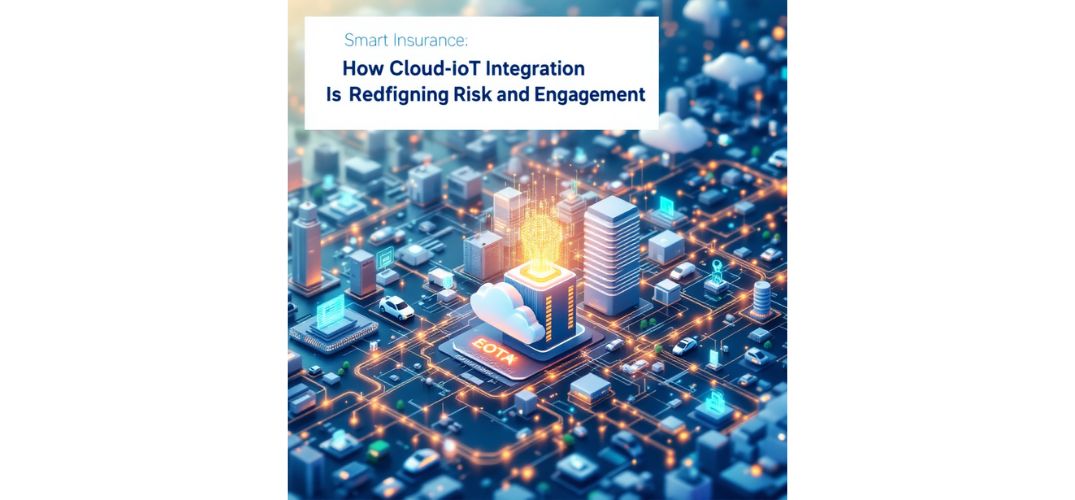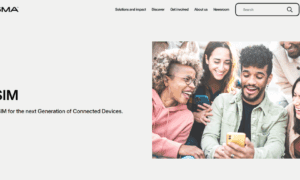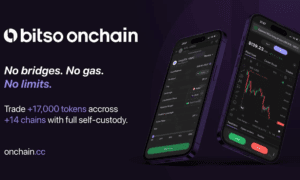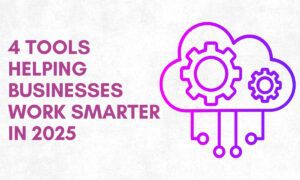In a rapidly evolving digital landscape, the insurance sector is undergoing a quiet revolution powered by the convergence of cloud computing and the Internet of Things (IoT). These technologies are not just reshaping how policies are managed, they’re reimagining how risks are identified, claims are processed, and customers are engaged. Shikha Gurjar, a technology researcher and engineer, explores the innovations driving this transformation, highlighting how insurers are leveraging smart systems to create more responsive, secure, and efficient services.
The New Backbone of Insurance Innovation
Insurance is undergoing a radical transformation driven by the convergence of cloud computing and IoT. This alliance is empowering insurers to shift from reactive to proactive models by collecting real-time data and deriving actionable insights. From auto policies to home coverage, insurers can now dynamically adjust offerings, personalize policies, and manage risks more effectively.
The industry’s growth reflects this shift valued at $15.4 billion in 2023, the IoT insurance market is expected to surpass $70 billion by 2029. These advances go beyond buzzwords: early adopters report up to a 40% increase in operational efficiency and improvements in flexibility compared to traditional systems.
Multi-Layered Architecture for Scalable Intelligence
A robust architectural framework underpins the success of IoT-powered insurance. This ecosystem comprises four key layers: device, gateway, cloud processing, and application.
At the device layer, sensors embedded in vehicles, homes, and even wearables collect continuous behavioral and environmental data. Telematics in auto insurance now tracks up to 25 distinct driver behaviors, contributing to a 20–40% reduction in accidents.
The gateway layer ensures efficient data flow via edge computing. Local preprocessing reduces transmission by up to 70%, lowering latency and preserving data during outages. The cloud processing layer orchestrates analytics at scale, handling hundreds of thousands of events per second. The application layer converts this data into business value—automating pricing, assessing risk, and validating claims.
Revolutionizing Core Insurance Functions
Auto and property insurance are leading the way. In connected vehicles, telematics reduces claim severity by 15–20%. At home, leak sensors cut water damage claims by up to $6,000. Machine learning enhances accuracy and reduces false alarms to under 2%, with 78% of customers acting on risk alerts.
Streamlined analytics pipelines process 100 million miles of driving data daily. Real-time processing identifies property risks weeks in advance, and wearables now help insurers deliver health programs that reduce emergency visits by 30%.
Security and Compliance at Every Level
With vast data collection comes the need for stronger safeguards. About 85% of insurance IoT data includes personal identifiers, requiring strict protection. Device security now includes secure boot, encryption, and self-protection mechanisms.
Cloud-based systems use over 40 security controls, including AI-driven threat detection and automated compliance checks. Certificate automation ensures 99.7% renewal success, minimizing service disruption.
Seamless System Integration and Real-Time Reaction
IoT platforms must interface smoothly with legacy systems. API-first strategies have cut development cycles by 30–40%, while event-driven systems enable immediate responses to incidents. Devices can now auto-initiate claims or alert emergency services within seconds, significantly lowering response times and losses.
Performance Engineering at the Core
Reliability and speed are critical. With uptime exceeding 99.99% and latency under 200ms, insurers depend on optimized systems. Edge computing reduces data volumes and enables local decision-making. Data partitioning accelerates queries, vital during disaster-related surges.
Real-time monitoring reduces backend load and spots issues before they affect services. These techniques ensure resilience, accuracy, and cost-effectiveness across operations.
Looking Ahead: The Future of Smart Insurance
Emerging technologies will extend current capabilities. Digital twins will simulate real-world scenarios with 35% better precision. Federated learning offers privacy-first modeling, while blockchain enables smart contracts and automated claims.
Quantum-resistant encryption is also on the horizon, future-proofing security in an era of advanced computing. Together, these developments will shape a new model of predictive, customer-centric insurance.
In conclusion, as detailed by Shikha Gurjar, cloud-based IoT integration is more than a technical upgrade; it is a transformation blueprint. By combining smart sensors, agile data pipelines, and intelligent analytics, insurers are creating a future where risk is not just managed but anticipated, and where customer service is immediate, personalized, and secure.



































